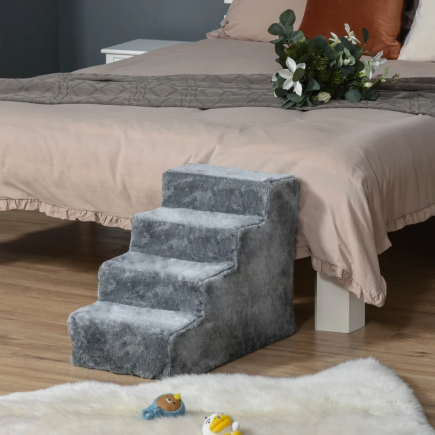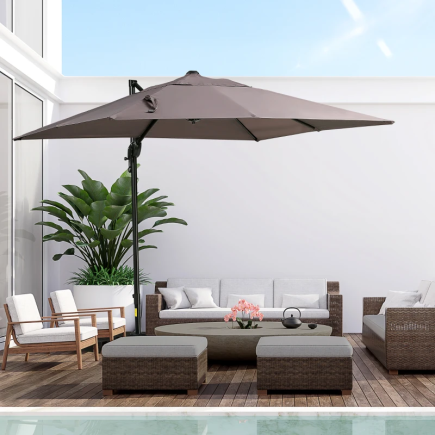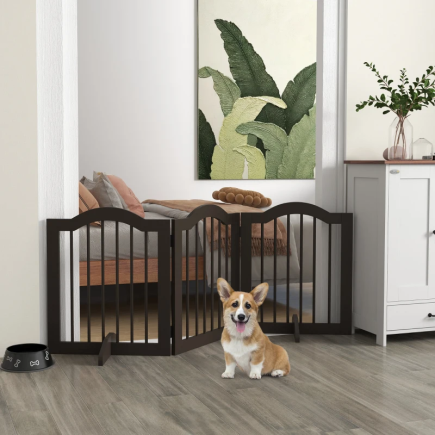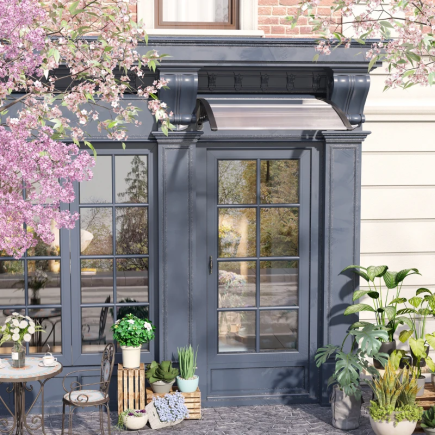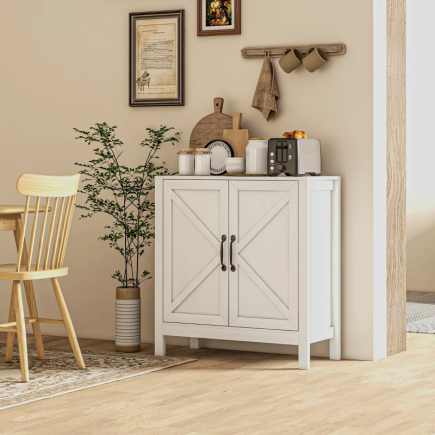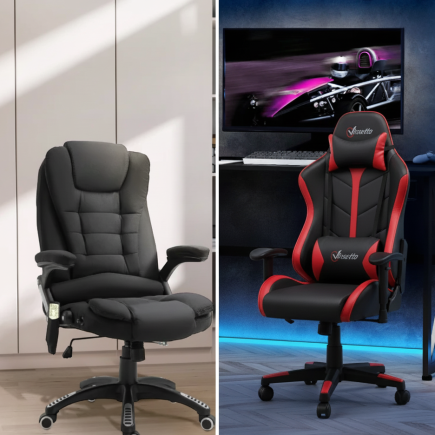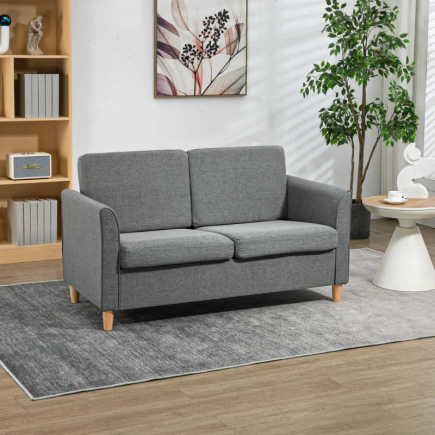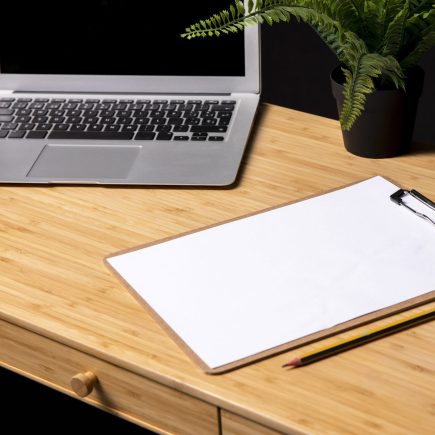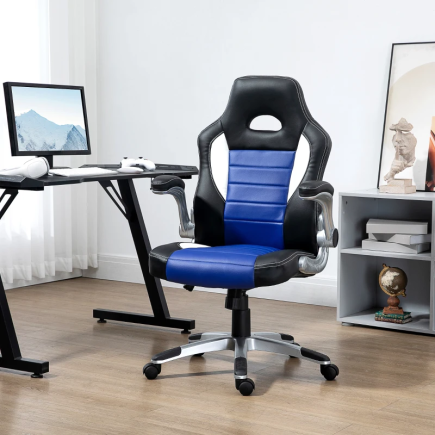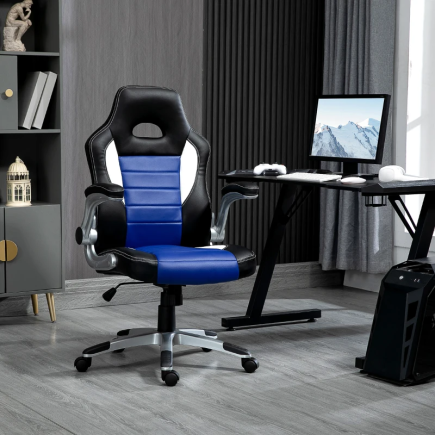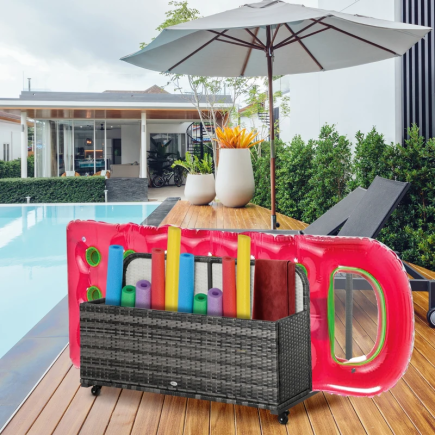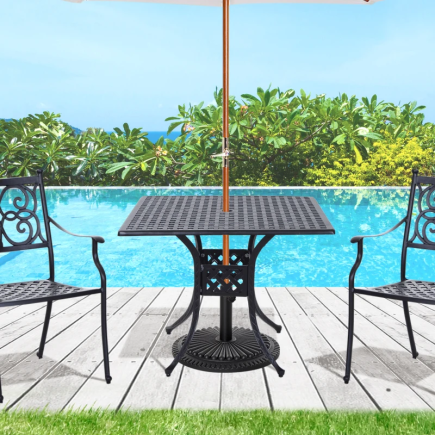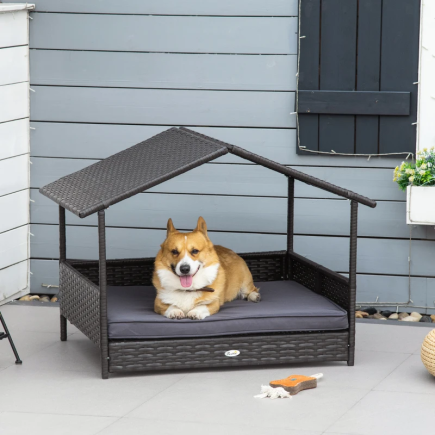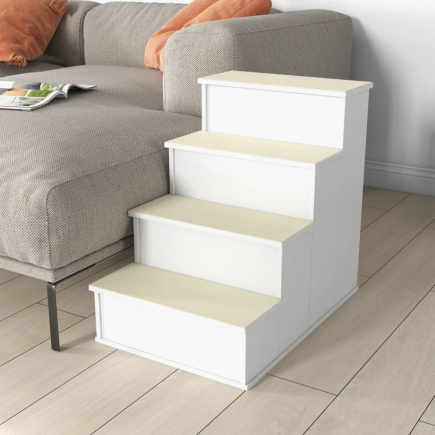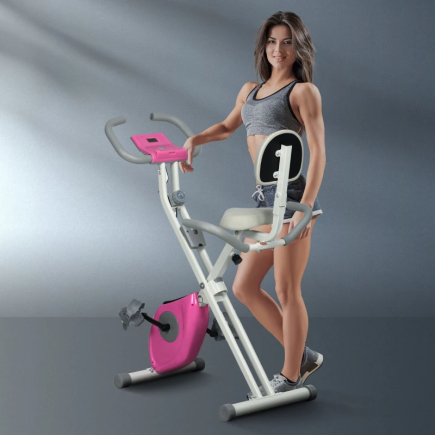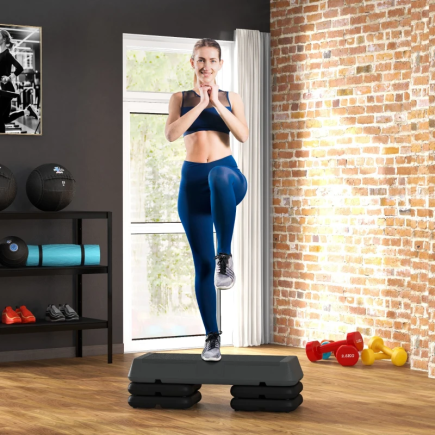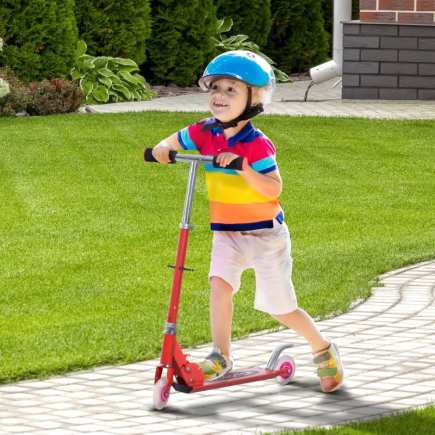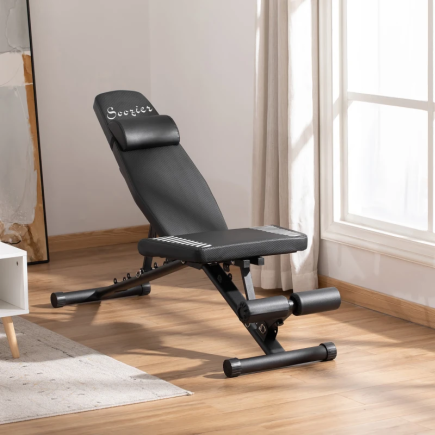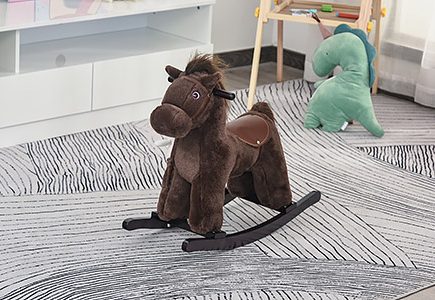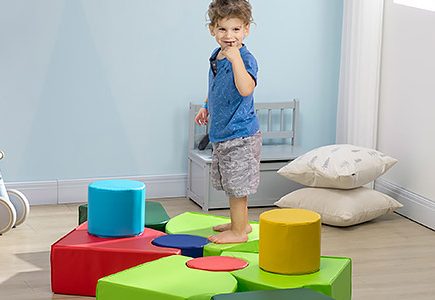
When it comes to inflatable paddle boards (SUPs), making a smart choice means understanding your preferences, paddling style, and the detailed features that matter most. This comprehensive guide covers every step from understanding the main types to evaluating key features and maintenance so you can confidently select the SUP that fits your needs.
1. Identify Your Intended Use

The first step in choosing the right inflatable paddle board is understanding how you plan to use it. There are several types of SUPs tailored to different activities.
All-Around SUPs
These are versatile boards perfect for beginners and general paddling. They offer a good balance of stability and performance for various water activities.
Touring SUPs
Built for long-distance paddling, touring SUPs are ideal for those who want to explore lakes, rivers, or coastlines. Their shape allows for better tracking and speed.
Yoga/Fitness SUPs
These boards are extra-wide and have a stable, comfortable deck to support yoga poses or fitness routines while on the water.
Racing SUPs
Racing boards are long and narrow, designed to maximize speed and glide, making them perfect for competitive paddlers.
Fishing SUPs
Fishing boards are wide, providing a stable platform for anglers. They come with plenty of storage options for fishing gear.
Tip: Match the board style to your paddling environment and primary use.
2. Determine the Correct SUP Size

The size of the Inflatable Paddle Board with Ultra-Light SUP you choose will influence how it performs. Here’s how to choose the right dimensions for your needs:
Length
- Short (<10’): Great for surfing, kids, and agile movements.
- Medium (10’–12’): Ideal for beginners, yoga, and all-around paddling.
- Long (12’6”+): Suited for touring and racing, offering a more efficient glide per stroke.
Width
- Under 30 inches: Best for speed and less stability, suited for racing or expert paddlers.
- 30–34 inches: Offers good stability and balance, suitable for beginners and general use.
- Over 34 inches: Provides maximum stability, making it perfect for families, fishing, or heavy gear.
Thickness
- Standard Thickness (4–6 inches): Thicker boards offer more stability and higher weight limits.
Tip: If you’re new to paddling or want extra stability, look for a wider and thicker board.
3. Assess Volume and Weight Capacity
Volume and Capacity: Why They Matter
- Volume (in liters): Measures float; higher volume supports more weight.
- Weight Capacity: Total weight the board supports (you + gear).
How to Choose
Choose a board with a weight rating above your combined body and gear weight. As a guide, board volume should be about 1.5x your body weight in kilos.
4. Select the Right Hull Shape

The hull shape impacts your board’s performance on water. There are two main types:
Planing Hull
- Flat and wide, making it stable and ideal for beginners, yoga, or casual paddling.
- This will make your enjoy to next level
Displacement Hull
- Pointed at the front, slicing through the water for better tracking and efficiency over long distances or high speeds.
Pro Insight: Beginners tend to favor planing hulls as they offer greater balance and ease of learning.
5. Evaluate Construction and Materials

Types of SUP Construction
| Material | Features | Pros | Cons |
| Single-layer PVC | Lightweight, flexible | Affordable, portable | Less durable |
| Dual-layer PVC | Reinforced, robust | Stiff, higher capacity | Heavier |
| Fusion/drop-stitch | Advanced rigidity | Lighter, premium feel | Pricier |
Subfeatures:
- Drop-stitch technology: Increases rigidity for a solid feel.
- Reinforced rails: Enhance board stiffness and longevity.
Tip: Higher-quality construction means better performance and longer usability.
6. Analyze Fin System Options

The fin system plays a significant role in the board’s stability and maneuverability.
Fin Configurations
- Single Fin: Ideal for straight-line tracking, great for touring and flatwater conditions.
- Tri-Fin (Thruster): Increases maneuverability, perfect for surfing or mixed-water conditions.
- 2+1 Setup: Offers versatility for various water types.
Choosing Fins
Removable fins provide easier transport and replacement, while universal fin boxes allow for future upgrades.
7. Check Deck Features and Board Accessories

Deck Layout
- EVA Foam Deck Pad: Comfort and non-slip safety.
- Bungee Storage: For carrying dry bags or gear.
- Multiple Handles: Easier to lift, launch, or transport the board.
Included Accessories
- Pump (dual-action/electric)
- Adjustable paddle
- Leash
- Repair kit
- Carrying bag
Pro Insight: Make sure your package checks all essentials for convenience and safety.
8. Prioritize Practical Transport and Storage

Portability and storage are crucial, especially when transporting or storing your inflatable SUP.
Portability
Most inflatable SUPs weigh between 15–30 lbs and pack into backpack-style bags, making them easy to carry.
Storage
To prolong the life of your board, always rinse it with fresh water, dry it thoroughly, and store it in a cool, dry place to avoid mildew and damage.
Tip: Use the provided or upgraded carrying bags to make traveling or hiking to the water easier.
9. Understand Essential Safety Features

Safety should always be a priority when paddleboarding. Ensure your board and gear meet these essential requirements:
- Personal Flotation Device (PFD): Many areas require this for safety.
- Leash: Always wear a leash to stay connected to your board.
- Quick-Release Leash: Ideal for river or fast-moving water conditions.
- Night Visibility: Attach lights or reflective gear for paddling after dark.
10. Common SUP Buying Mistakes and How to Avoid Them
Avoiding Mistakes
- Ignoring weight ratings: Overloading reduces stability.
- Buying for price only: Cheapest = less durability.
- Not checking included accessories: Some boards come barebones.
- Overlooking warranty and support.
SUP Decisions Made Simple!
Choosing the right Inflatable Paddle Boards doesn’t have to be overwhelming. By understanding the different types, sizes, hull shapes, and features, you can make a smart, informed decision that matches your needs and paddling style. Whether you’re looking for a versatile all-around SUP, a fast and efficient racing board, or a sturdy fishing platform, there’s a perfect fit for every paddler. For a wide selection of Inflatable Paddle Boards, you can explore various options at Aosom that perfectly match your journey!
FAQs
1. How do I ensure the SUP fits my weight, plus any gear?
Check the maximum weight capacity rating in product specifications. Select a board that exceeds your combined riding and gear load.
2. What’s the difference between single- and tri-fin setups for everyday users?
Single fins are best for straight tracking (lakes, touring). Tri-fins boost maneuverability (ocean, surf, winding rivers).
3. Should I invest in an electric pump or is manual enough?
If you paddle often or dislike manual inflation, an electric pump saves time and effort, making frequent use much easier.
4. Is a thicker (6”) inflatable always better?
Thicker boards hold more weight and stay stiffer, but if you’re lightweight or want more water feel, a thinner (4”) board may suffice.
5. How should I maintain and store my inflatable SUP for the longest life?
Rinse with fresh water after each use, dry thoroughly, deflate and store in a cool, clean area out of direct sun.

